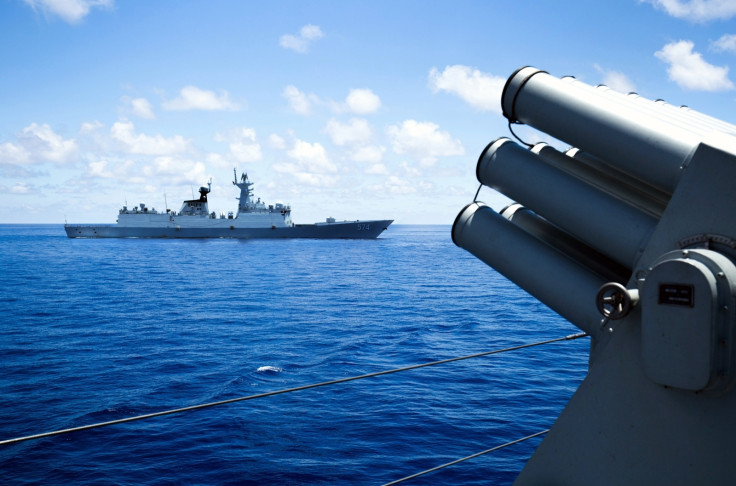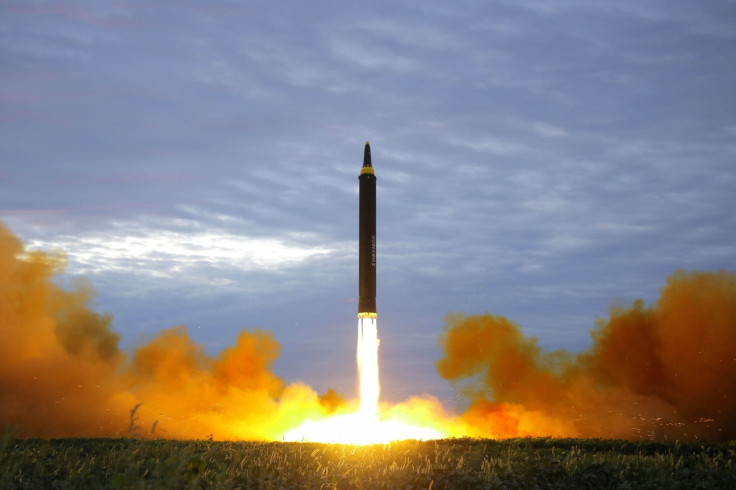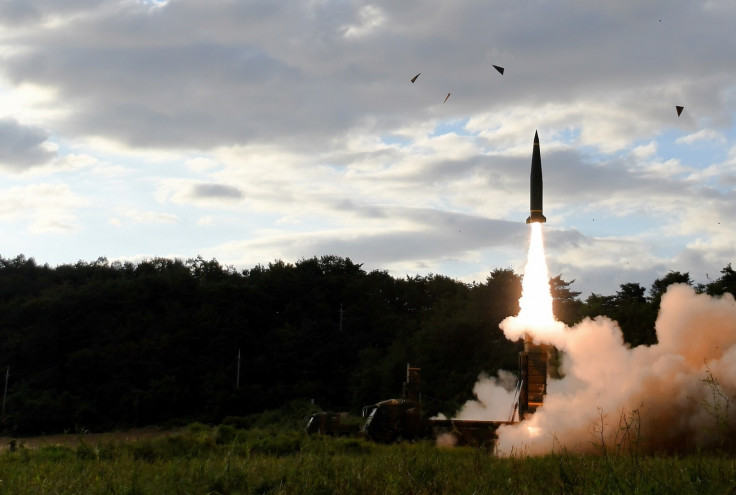These East Asian countries are locked in an arms race - Here's all you need to know
Ballistic missiles, cruise missiles, nuclear warheads and submarines are being pointed at each other in East Asia.

China, North Korea, South Korea, Japan and Taiwan are locked in an arms race that will give the countries the ability to attack each other in short notice and with deadly force. These countries have been busy either developing or purchasing ballistic and cruise missiles over the last few years that are capable of striking targets hundreds, if not thousands, of kilometres away with both nuclear and conventional warheads.
The rivalry and tension between these powers is what drives this race, notes a report by Popular Mechanics (PM). Japan's rivalry with China, especially in the East China Sea, China's tensions with Taiwan, and the permanent tension between North and South Korea and between the hermit kingdom and Japan are all what PM is calling "flashpoints" that can lead to armed conflict.
Scary thing about a military conflict in this region is that there is no clear political solution in the horizon for these tensions, the report adds.
China
Ballistic missiles have been under development in China for decades to enable the country strike long-distance targets. In the 1980s and 1990s, they needed to cut costs on expensive bombers and aircraft carriers. China, it was reported, is now also busy making hundreds of cruise missiles and short-range missiles that can target Taiwan.
Now, the Chinese arsenal has missiles that can strike all of Japan, North and South Korea, Vietnam, Manila, and all of Taiwan. Their DF-21 was mentioned in the report as being a medium-range ballistic missile that can carry out these attacks. For added range and as a show of strength against the US, Beijing also have what they call the DF-26 or "Guam Express", an intermediate ballistic missile that can reach American Military installations as far as Guam island.
Both the DF-21 and 26 variants come with warheads that are designed to specifically target aircraft carriers and ships out at sea. Anti Ship Ballistic Missiles (ASBM) are difficult to defend from as they have extremely fast re-entry speeds, notes the report. Together, these missiles have created a "no-go zone" all over Asia wherever carriers, destroyers, and other US war ships could possibly operate.
North Korea
North Korea has been in the news over the last year as it moved rapidly forward with its nuclear and ballistic programme. PM notes that while the country seems to have a lot of different types of missiles, not all of them are operational. The Hwasong-6 short range ballistic missile derived from the Scud missile can reach all of South Korea and some regions in China and Russia, while their No Dong can reach all of Japan and further into Russia and China.

In 2016, North Korea was reported to have conducted eight test launches on their No Dong replacement — the Musudan — and all of them failed. The Hwasong-12, an intermediate range ballistic missile, was tested six times in 2017 and the first three failed. It is reported to be powerful enough to reach Guam. Pukkuksong 1 and 2 medium-range ballistic missiles have been estimated to have a range of 745 miles. Pukkuksong 1 was designed to be launched from submarines and the Pukkuksong 2 was designed to be launched from a land vehicle with tank tracks, according to the PM report. These missiles are reported to be able to carry nuclear, biological, or conventional warhead.
South Korea
South Korea is not far behind when it comes to missile development. Their missiles, named Massive Punishment and Retaliation systems, are designed specifically for North Korea in case there is a need for retaliation against the reclusive nation's aggression. It can also be scaled up for a full on attack if needed.
Kill Chain is another missile system that is designed to take out the North Korean leadership in case they launch or show signs of launching nuclear weapons against Seoul.

Seoul has a low-flying cruise missile system called the Hyunmoo-3 which has two variants — one that can reach targets 310 miles away, called the 3A, and another that has a range of 620 miles called the 3B. A third 3C version is under development with a targeted 930 mile range, notes PM.
South Korea has a short-range ballistic missile, the Hyunmoo 2B that has a range of 497 miles. They are also reported to be developing a submarine mounted version of the 2B, but they do not have a submarine to launch it from, the report says.
Japan
Japan is a country that, according to the report, is usually pacifist. So far, they have shied away from developing any offensive weapons, but recent developments have moved them to purchase missile platforms — Joint Strike Missile (JSM) and Joint Air-to-Surface Standoff Missile-Extended Range (JASSM-ER). The JSM was developed by Norway and the US, the JASSM-ER is an American product.
Taiwan
Taiwan, officially called the Republic of China, faces a constant threat of invasion from their neighbours — the People's Republic of China. The Taiwanese Hsuing Feng IIE land attack cruise missile can carry a 400-pound warhead up to 372 miles, reports PM. Using this missile, targets up to 290 miles from the Chinese coastline can be reached. Taiwan also has the Wan Chien air launched cruise missiles.





















